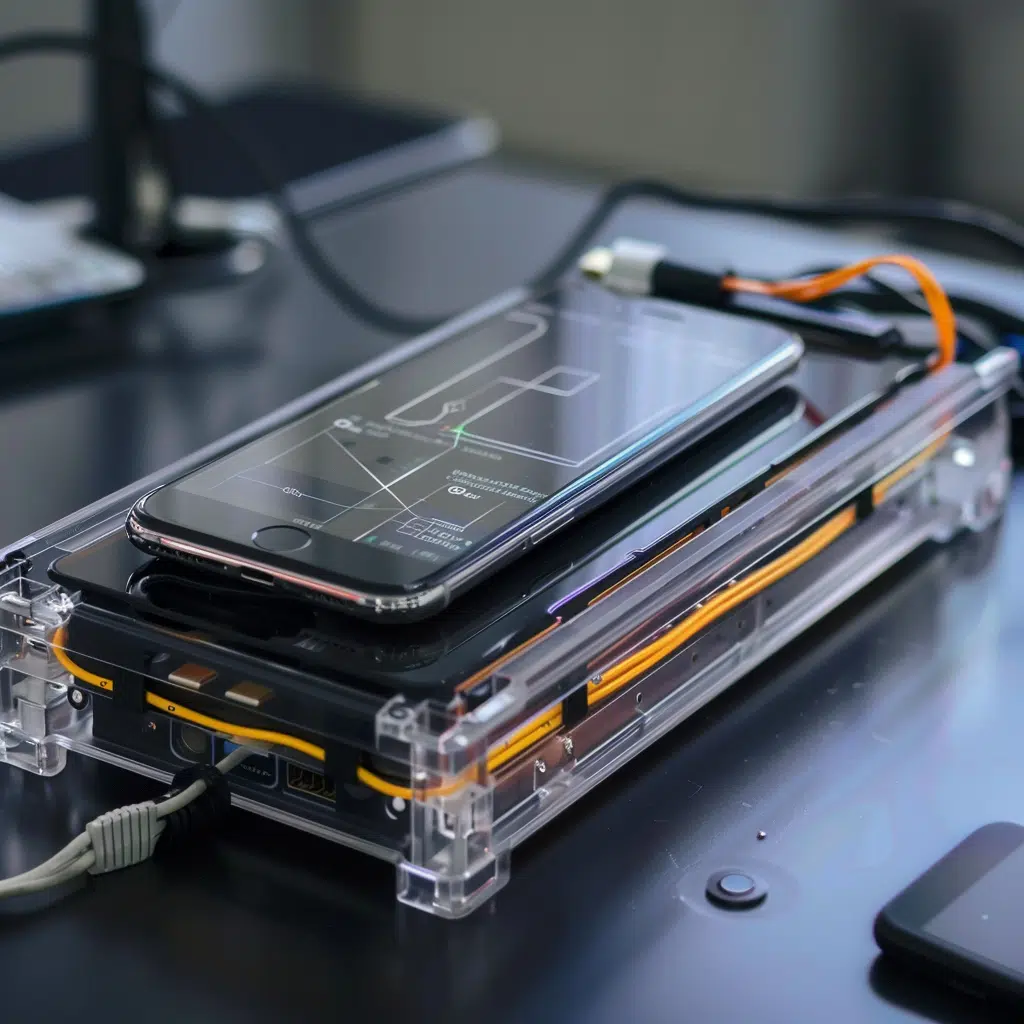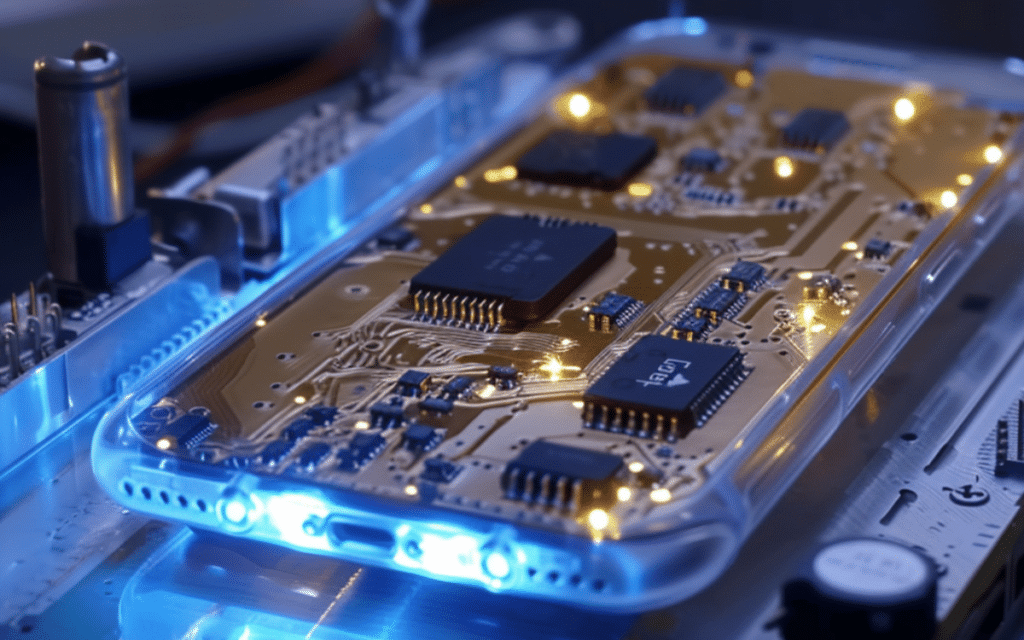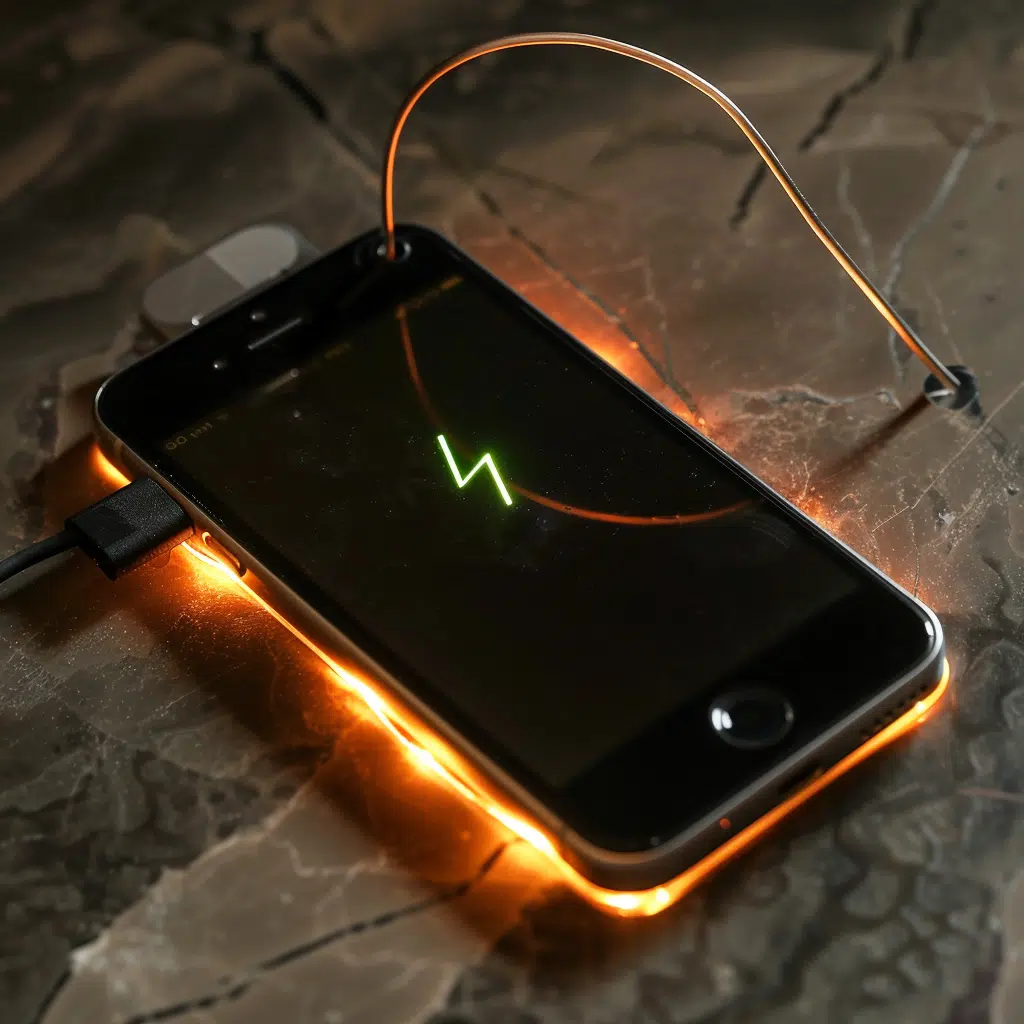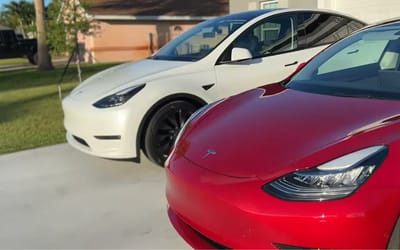Researchers developing supercapacitor that could fully charge an iPhone in just 60 seconds
- Researchers claim to have ‘found the missing link’ for electric charging
- They’ve developed a supercapacitor that can charge an iPhone in a mere 60 seconds
- It could also juice up an EV in just 10 minutes
Published on Jun 03, 2024 at 6:28 PM (UTC+4)
by Amelia Jean Hershman-Jones
Last updated on Jun 04, 2024 at 4:18 PM (UTC+4)
Edited by
Tom Wood
Researchers claim to have ‘found the missing link’ as they pave the way for a supercapacitor that can charge an iPhone in a mere 60 seconds.
Per the engineers behind the discovery, it could charge a laptop in the same timeframe.
And, on a bigger scale, it could charge an electric vehicle (EV) in only ten minutes.
READ MORE! New Nothing budget phone with a two-day battery life set to rival Apple
As if that weren’t enough, per engineer and lead author of the study, Ankur Gupta, these supercapacitors store as much as ten times more energy than regular batteries.
Until now, this groundbreaking technology was known to be possible but had not yet been mastered.
Supercapacitors were known to charge electronics lightning-fast.
However, figuring out how to increase the energy density to match or exceed those of lithium-ion batteries eluded both the scientific and engineering community.
The findings of the chemical and biological engineers at the University of Colorado at Boulder were published in the journal Proceedings of the National Academy of Sciences.
They explained that it all comes down to the way charged ion particles behave.

This is key to the long-anticipated energy storage capabilities of supercapacitors, in an update to Kirchoff’s Law.
Kirchoff’s Law is the defining principle in electrical current theory, dictating that voltage must move in specific loops.
“The primary appeal of supercapacitors lies in their speed,” read a press release from the university.
“So how can we make their charging and release of energy faster? By the more efficient movement of ions.”
The team noticed that ions moved differently through porous environments, like those inside a supercapacitor.
This is the exception to the rule of Kirchoff’s Law.
One that could revolutionize the storage capacity of the technology.

“That’s the leap of the work,” Gupta said.
“We found the missing link.”
He explained that this could potentially have massive implications for ‘the future of the planet’.
Further research needs to be done before their findings can be worked into next-gen energy storage devices
This echoes the previous 2016 research from the University of Central Florida.
Their flexible supercapacitor could fully charge an iPhone in just 60 seconds utilizing advanced two-dimensional materials wrapped around nanometer-thick wires.

This allowed them to achieve high energy and power densities and subsequently enabled rapid charging and discharging cycles.
The best part? Forget batteries failing over time – these devices are able to be juiced up to 30,000 times without degradation.
iPhone battery letting you down? This revolutionary iPhone charging feature few know about could save your device.
What’s more, these simple adjustments to your iPhone settings have been found to significantly improve battery life.
This far surpasses the longevity of traditional lithium-ion batteries which tap out at around 1,500 power charge cycles.
With the future of charging in mind, Japanese car makers have confirmed they’re all working on next-gen combustion engines.
Some of the images in this article were created using AI.
DISCOVER SBX CARS: The global premium car auction platform powered by Supercar Blondie

All Supercar Blondie contributors undergo editorial review and fact-checking to ensure accuracy and authority in automotive journalism. After gaining her BA Hons in French and English at the University of Nottingham, Amelia embarked on a vocational diploma from the National Council for the Training of Journalists (NCTJ). This led to numerous opportunities, from interning at Vogue to being on the small team that launched Women’s Health magazine in the UK, which was named the PPA Consumer magazine of the year for three years running. As Health, Beauty and Fitness editor, Amelia personally received a Johnson & Johnson Award and was shortlisted for both PPA and BSME titles. Since then, Amelia has created content for numerous titles and brands, including the Telegraph, 111 Skin, Waitrose, Red magazine, Stylist, and Elle, as well as being Head of Content at Vitality and Editor in Chief at INLondon magazine. “My superpower is translating technical jargon about the mechanical workings of a supercar into a relatable story you’ll want to share with your friends after you’ve read it.” After joining the SB Media family as a senior journalist in September of 2023, Amelia’s role has evolved to see her heading up the SEO output of the editorial team. From researching the most ‘Google-able’ key terms to producing evergreen content - it’s been a time of hard work, growth, and success for the editorial team and the Supercar Blondie website. “I like to think of myself as a ‘method journalist’. In other words: I live and breathe whatever I am writing about. When writing about fitness, I trained as a personal trainer, and as a beauty editor, I completed an ‘expert’ in scent diploma with the Fragrance Foundation. “During my tenure at Supercar Blondie, however, I did something I never thought possible: I passed my driving test at the age of 36. One day I’d love to train as a mechanic to better understand what happens under the hood, too. “My sweet spot is providing readers with a ‘takeaway’ (read: something new they didn’t know before) after reading every one of my stories. While I don’t claim to be an expert in the automotive world, I know the experts and bodies in the field to rely on to provide our readers with an informative and thought-provoking story every time they visit the site.”




